Global demand for smart watches is climbing fast, but a quiet quarter for the Apple Watch let Xiaomi reclaim the top spot.
The global wearable band market grew 13% year over year in the first quarter of 2025, reaching 46.6 million shipments, according to new data from Canalys. The rebound was driven by broad demand across categories, especially in emerging markets, and a low comparison base from the first quarter of 2024.
Xiaomi surged back into the lead with 8.7 million units shipped, up 44% from 2024. The company credited strong Redmi Band 5 sales and deeper integration through HyperOS, its custom operating system.
A newly self-developed smartphone chip and a tightly coordinated product portfolio helped Xiaomi improve its value proposition, particularly in price-sensitive regions.
Apple, Huawei & Samsung expand ecosystems
Apple came in second with 7.6 million Apple Watch shipments, a modest 5% increase from 2024. That's in line with seasonal expectations, as the first quarter tends to be the furthest point from Apple's typical September refresh cycle.
Instead of chasing hardware overhauls, Apple is focusing on enhancing the stickiness of its ecosystem.
Its health and fitness integrations, privacy protections, and seamless iPhone pairing continue to set the Watch apart in premium segments. But with its install base largely saturated, sustained growth will likely come from services like Fitness+ and health monitoring features.
Huawei held third place with 7.1 million units shipped, a 36% year-over-year gain. Its GT and Fit series found traction outside China, supported by a wider rollout of the Huawei Health app. Samsung followed with 4.9 million shipments, a sharp 74% increase driven by a dual-market strategy.
Garmin rounded out the top five with 1.8 million units shipped, up 10%. The launch of Garmin Connect+, a subscription platform for deeper health insights and training tools, signals the brand's move toward recurring revenue.
Ecosystems take center stage
As hardware margins tighten, vendors are shifting focus from features to ecosystems. Companies are accelerating service development to boost retention and long-term value.
That shift is especially visible in China, where Xiaomi is using HyperOS to link phones, wearables, and smart home products into a unified experience. Huawei is taking a more health-centric approach, building a closed-loop system through its Health app.
Globally, brands like Oura and Whoop have leaned into subscription models from the start, positioning wearables as continuous services rather than one-time purchases.
Price, battery life, and health tracking remain the top buying factors. But as ecosystems mature and software capabilities expand, vendors that offer reliable integration and trusted data handling will have the edge.
Xiaomi's rise highlights how affordable devices, when paired with a growing ecosystem, can take the lead even against brands with a head start. Meanwhile, Apple's challenge is no longer selling the Apple Watch but making it indispensable.
Success will depend less on how many features a device boasts, and more on how well those features are connected, supported, and monetized across the broader platform.
 Andrew Orr
Andrew Orr
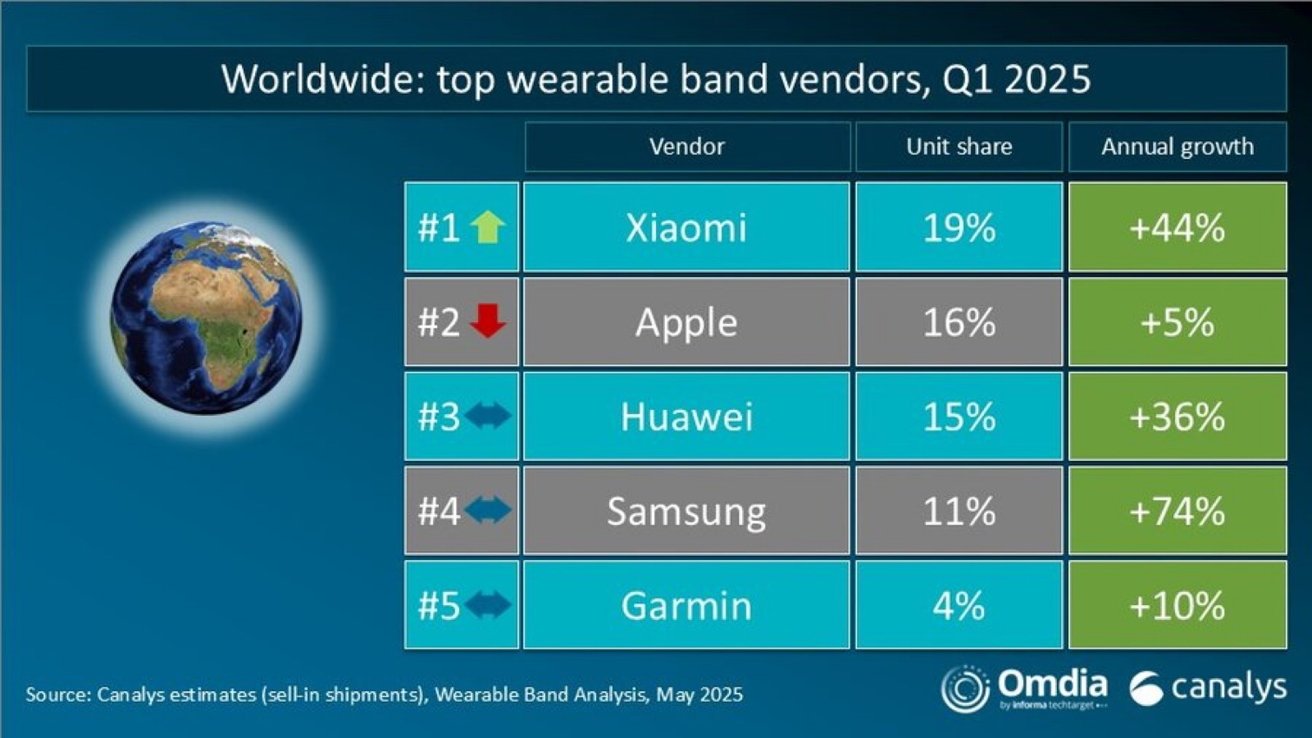


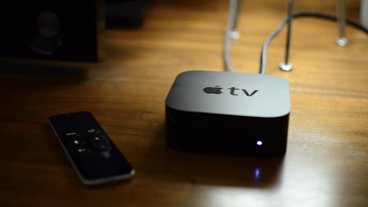

-m.jpg)
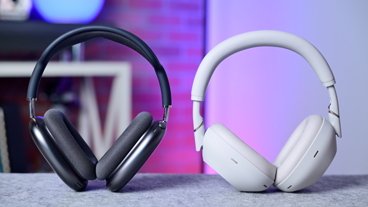
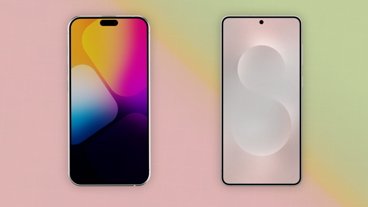


 Brian Patterson
Brian Patterson
 Charles Martin
Charles Martin
 Stephen Silver
Stephen Silver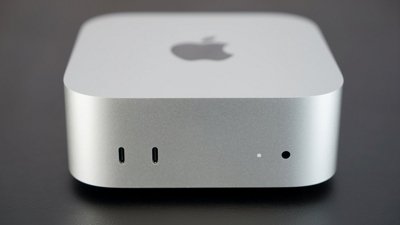

 Wesley Hilliard
Wesley Hilliard

 Christine McKee
Christine McKee
 William Gallagher
William Gallagher








9 Comments
Rivals have features regarding priapism?
Battery life is always a consideration. My Ultra with the Always On turned off gets the best battery life of every Watch I've ever had. Currently my S10 doesn't do well. Even with always on turned Off it barely lasts a day.
At first I thought it was the normal reindexing or sorting done after a major update (iOS 18). It hasn't got any better yet and that's disappointing.
I've been saying for years that I'd like to see Apple make a round Watch and not just the rectangle. I haven't seen even a printed whisper of a prototype so it probably will never happen. But preceding text notwithstanding I never say never. Or I say never say never. Whatever.
l don't like the 'fitness band' style. At all. It's fine for others. I hear the phrase used in TV, foreign and domestic, a lot. I like Apple emphasis on fitness. I just don't want it to look like a fitness device.
The Gold Edition was a marketing mistake in my opinion. Apple's nods to form are polished cases and a couple of metal bands. My Apple Watch aka Series 0 in Stainless with Apple's Leather Band is still one of the best looking configurations they've ever had.
Nice touches but not nearly enough. Make a Watch that says "Nice Watch" and not non-fitness band fitness band. I send that to AFB on a regular basis. Still no joy.